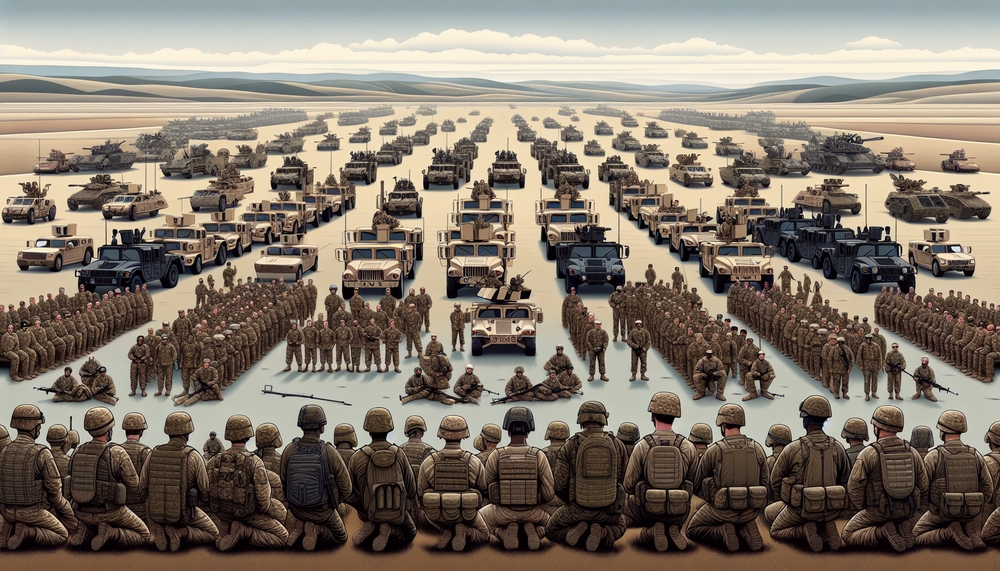Published
- 3 min read
Trump's Escalating NATO Strategy: A Path to Global Instability

Introduction to Trump’s NATO Strategy
In striving for what he deems fairness within the NATO alliance, former President Trump’s strategy was predicated on the notion that European NATO members should significantly increase their defense budgets. His narrative centered around rebalancing financial commitments, ostensibly to share the security burden more equally among member countries. However, this push for increased military expenditure has far-reaching implications. With the demand to increase defense budgets rapidly, the risk of significant militarization in Europe looms, threatening both regional and global stability.
The Cost of Militarization
Trump’s demands effectively mean a trillion-dollar surge in military spending across Europe. Such financial commitments necessitate a profound restructuring of budgetary priorities within European nations. Consequently, we see potential cutbacks in critical societal sectors like education and healthcare, translating into inevitable social strains and economic imbalances. These domestic shifts could foster unrest, as governments might struggle to maintain essential public services against a backdrop of escalating defense expenditures.
Historical Context and Parallels
To fully grasp the potential ramifications of this strategy, it’s instructive to consider historical precedents. The period preceding both World Wars was marked by aggressive rearmament, bolstering military capabilities and stoking nationalist sentiments. The consequences were catastrophic. As European nations today possibly expand their military capacities in response to external pressures, we risk reigniting similar aggressive foreign policies, potentially transforming European regions already fraught with tension.
Global Ramifications of Re-arming Europe
In a world where geopolitical tensions are pervasive, Trump’s NATO strategy introduces a further destabilizing component. Europe’s militarization directly impacts the global geopolitical landscape, particularly vis-a-vis Russia and China. With heightened defensive postures, both Russia and China might interpret these developments as threats, prompting defensive if not pre-emptive responses. The specter of a renewed cold war hovers ominously, with the attendant risk of spiraling unchecked into direct conflicts.
A Dual-Front Challenge for the US
The repercussions of militarizing Europe extend to the United States itself. The US pursues a strategic pivot towards the Indo-Pacific to counter China’s growing influence. Yet, a re-armed Europe could demand increased American intervention, splitting US military resources across multiple theatres. The attendant risk is the US being overextended, caught in simultaneous engagements that could challenge even its formidable military capabilities.
Conclusion: Seeking Diplomatic Solutions
The preceding analysis underscores the critical need to prioritize diplomacy over militarization. Reevaluating Trump’s NATO strategy should involve seeking avenues that emphasize dialogue and cooperation. The focus must be on reducing reliance on an arms race, advocating for solutions that de-escalate tensions and promote peace. Global cooperation is paramount to avert destabilization and ensure that NATO’s future aligns with principles of collective security through diplomatic engagement. Prioritizing diplomatic efforts can pave the way to a more stable, peaceful global order, mitigating the risks associated with unchecked military expansion.
